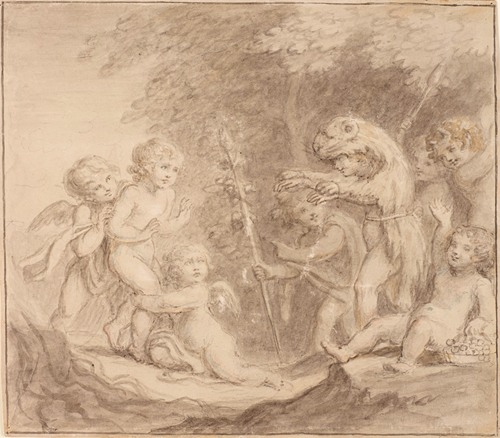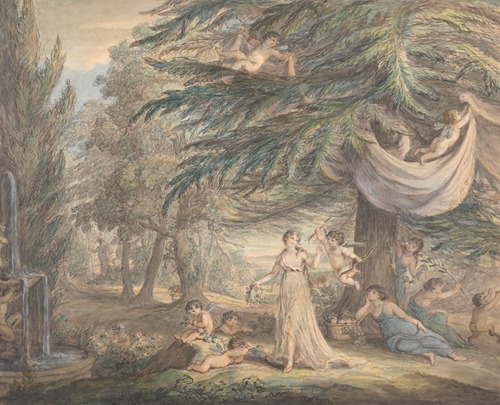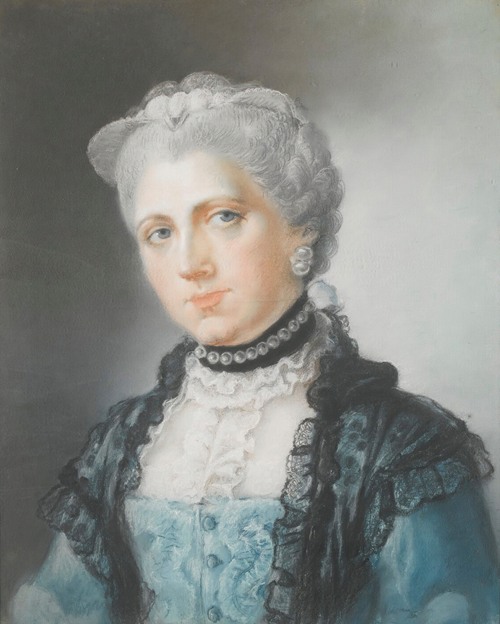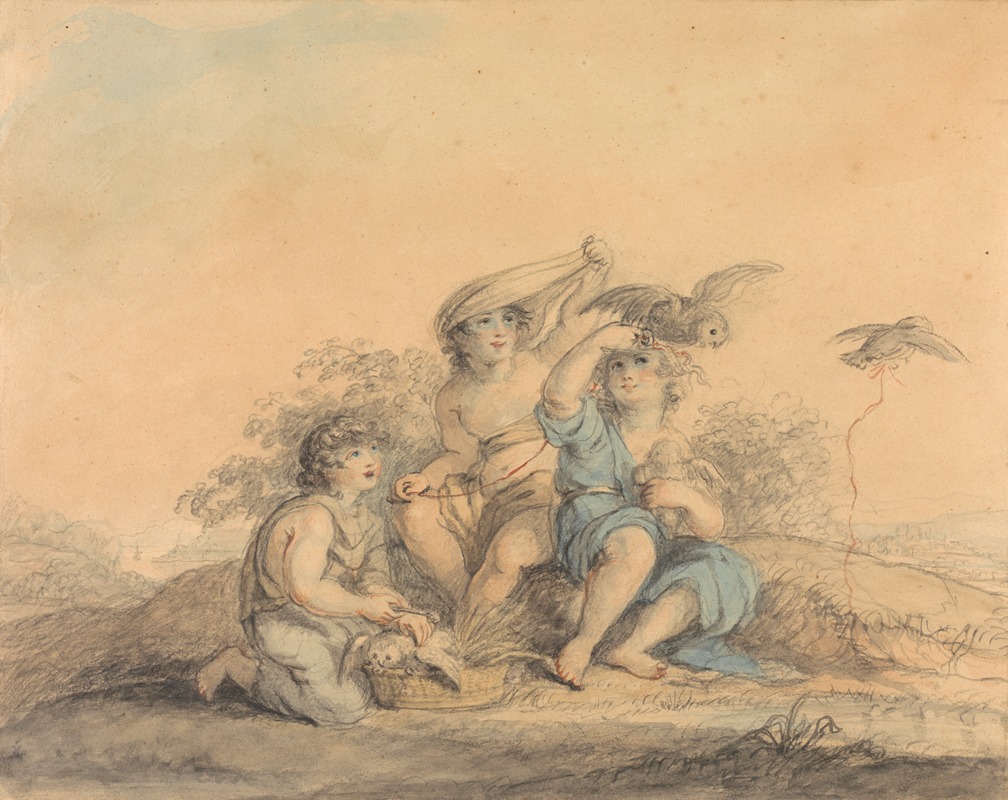
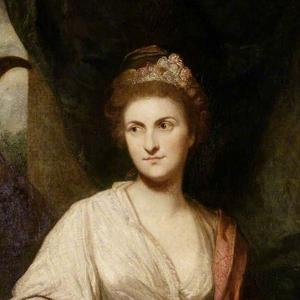
Lady Diana Beauclerk (née Lady Diana Spencer; other married name Diana St John, Viscountess Bolingbroke) was an English noblewoman and artist.
She was born into the Spencer family as the daughter of Charles Spencer, 3rd Duke of Marlborough (1706–1758), and the Honourable Elizabeth Trevor (d. 1761). Her siblings were George, Charles, and Elizabeth. Her grandmother was the formidable Sarah Churchill, Duchess of Marlborough. She was raised at Langley Park, Buckinghamshire, where she was introduced to art at an early age. Joshua Reynolds, an artist, was a family friend.
On 8 September 1757, she married Frederick St John, 2nd Viscount Bolingbroke (1734–1787). From 1762–1768 she was Lady of the Bedchamber to Queen Charlotte. She became widely known as 'Lady Di' (as did her namesake, Diana, Princess of Wales, prior to her marriage).
Finding herself in a desperately unhappy marriage to the notoriously unfaithful Viscount Bolingbroke, Lady Di overturned convention. She left her husband and maintained a secret relationship with her lover, Topham Beauclerk. In February 1768 Bolingbroke petitioned for divorce on grounds of adultery ("criminal conversation"). The petition required an act of parliament, which was passed the next month.
Within two days, she married Topham Beauclerk of Old Windsor. They had three children.
Diana eventually helped to support herself by painting. She was a highly gifted artist who was able to use her scandalous reputation as an adulteress, aristocratic woman to further her career as a painter and designer. She painted portraits, illustrated plays and books, provided designs for Wedgwood's innovative pottery, and decorated rooms with murals. Championed by her close friend Horace Walpole, whose letters illuminate all aspects of her life, she was able to establish herself as an admired artist at a time when women struggled to forge careers.
She illustrated a number of literary productions, including Horace Walpole's tragedy The Mysterious Mother, the English translation of Gottfried August Bürger's Leonora (1796) and The Fables of John Dryden (1797). After 1785 she was one of a circle of women, along with Emma Crewe and Elizabeth Templetown (1746/7-1823), whose designs for Josiah Wedgwood were made into bas-reliefs on jasper ornaments.
Lady Diana designed the allegorical group, sculpted by John de Veere of the Coade Stone factory, to decorate the plain facade of the Pelican and British Empire Life Insurance Company at 70 Lombard Street in the City of London. It was rescued before building demolition in 1915 and is now displayed in the Horniman Museum.
Her second husband died in 1780 and, due to restricted finances, she began to lead a more retired life. She died in 1808 and was buried in Richmond.
